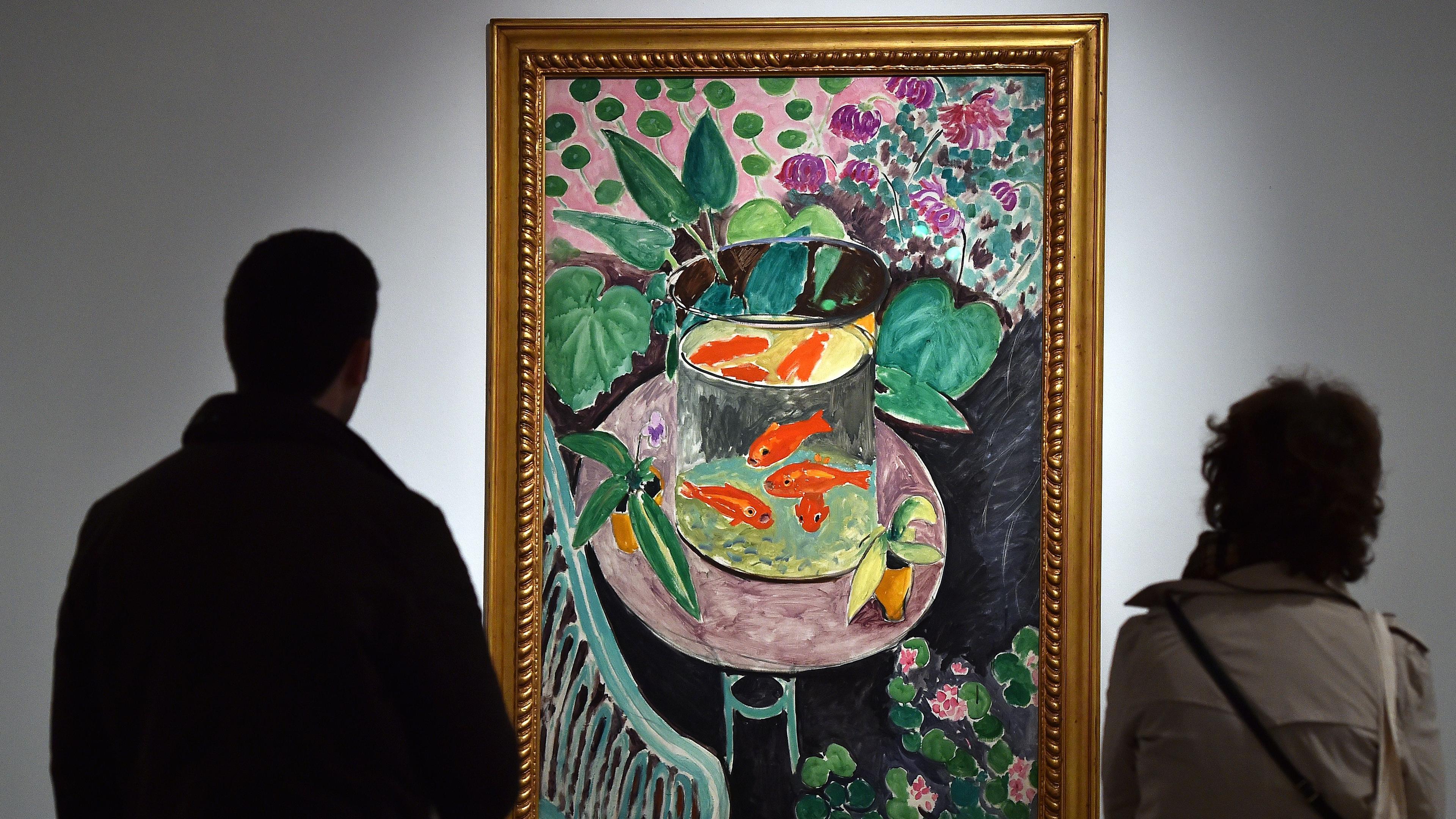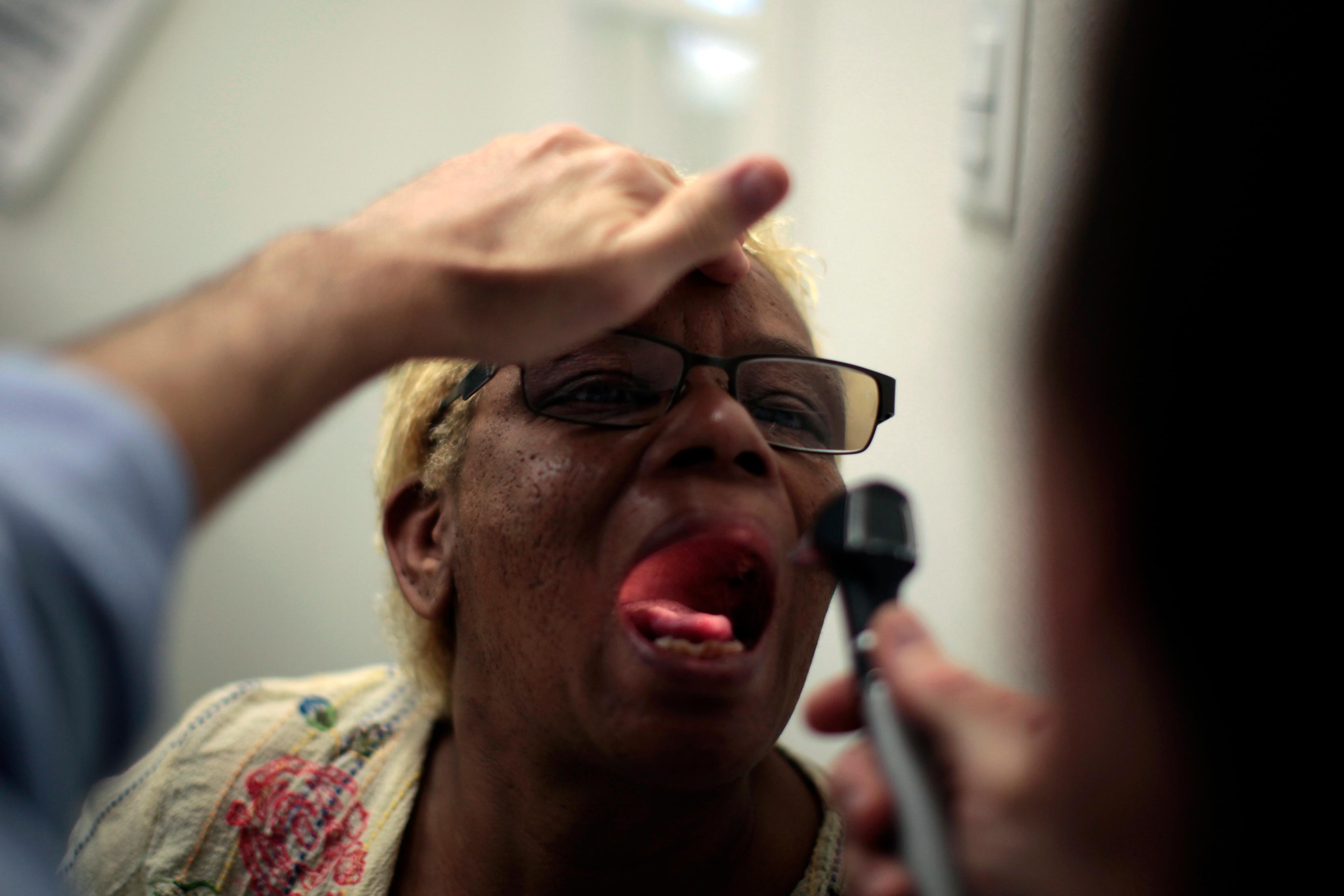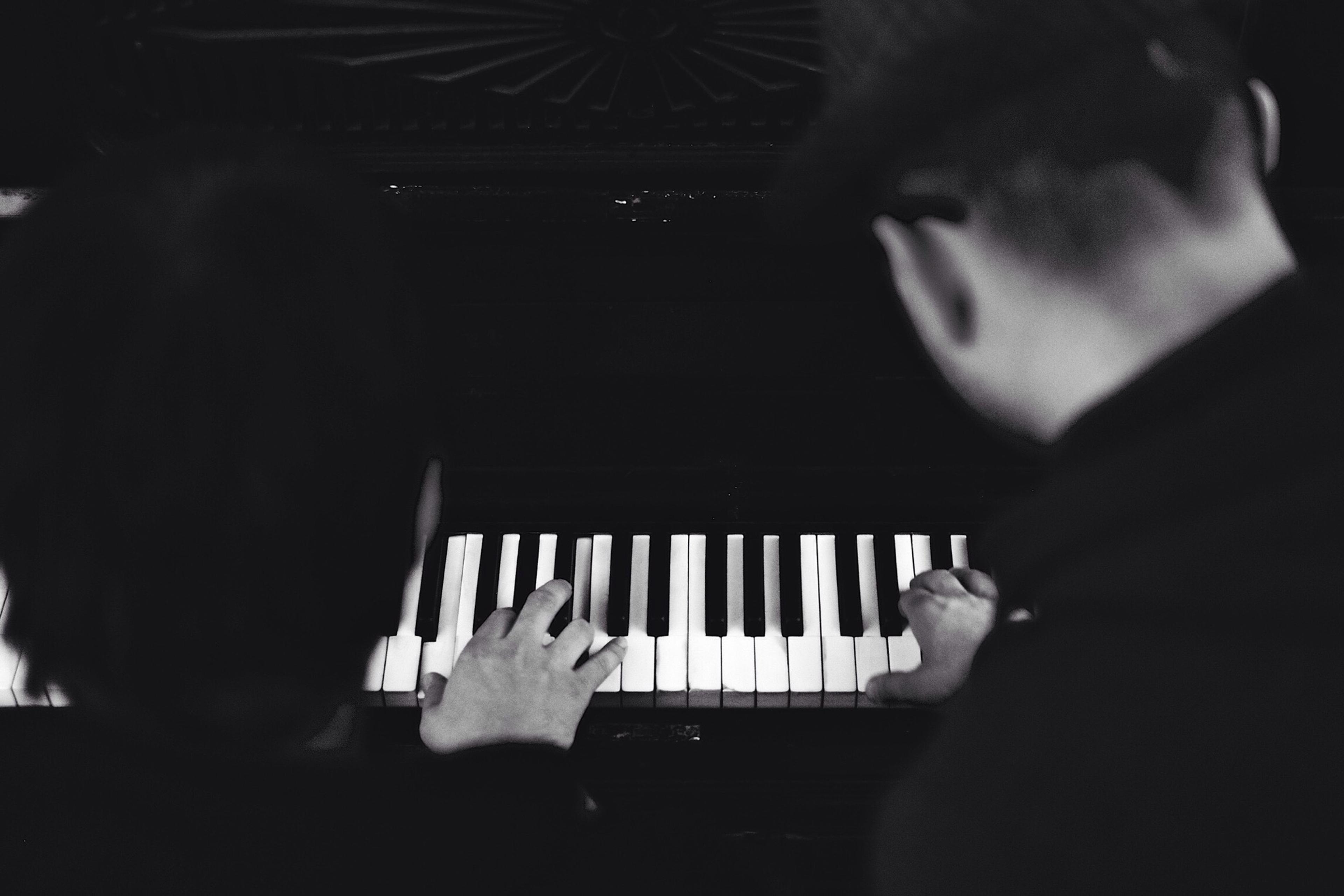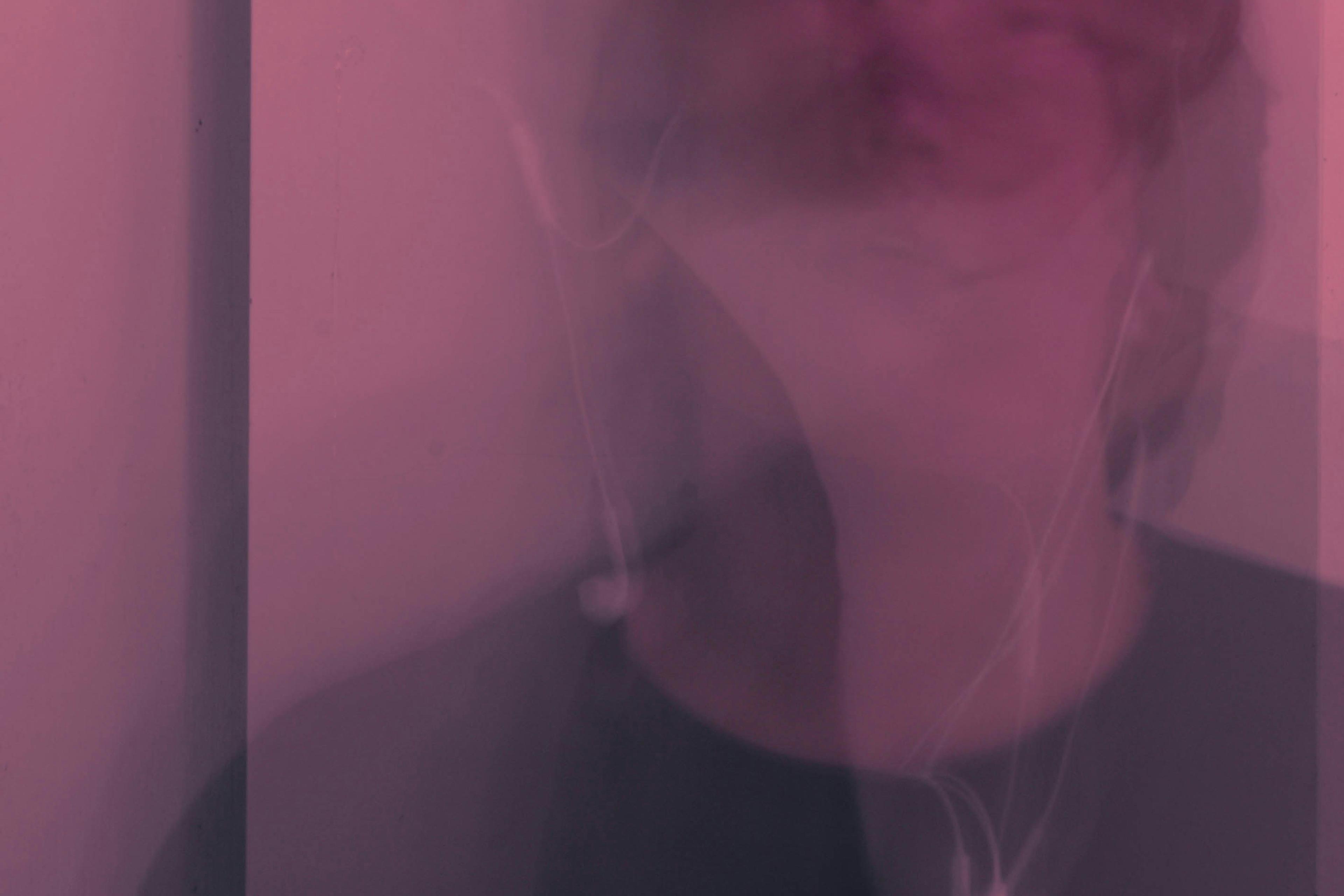He was scruffy-looking, unshaven, eyeglasses taped and barely holding together. In rumpled pants and tired tennis shoes, he shuffled his feet in that Frankenstein’s monster-like gait that I hadn’t seen since my municipal hospital days in the Bronx – back when patients were locked in psychiatric wards accessible only with lunatic asylum keys, artefacts of the Victorian era.
John (not his real name), a newly referred patient, plopped down on my sofa. ‘You know,’ he began, ‘that psychiatrist, Dr G, who made me come to you, has weird sexual stuff going on right under his desk.’ John continued: ‘Also, Dr G and my wife tricked me into quitting my last psychotherapist. I am not happy about it!’
Seated opposite John, I felt frightened by his paranoia and resentment. My office sits at the end of a long corridor in a medical suite in suburban New Jersey. Private patients in my practice rarely looked unkempt, nor did they spout sexualised paranoid distortions.
I worried that John would soon weave me into his delusions, a bumpy ride for which I felt unprepared. He was not happy to be with me. Nor I with him.
My office felt invaded, no longer an oasis with plush oyster-hued loveseats, Henri Matisse and David Hockney posters, and soothing whispers from a white noise machine. For decades, this was a place for quiet conversations, confidential sharing and serious collaborations. Now my space felt precarious, like an exposed wire threatening to shock. Could I help John? Did I want to?
My back stiffened. My stomach began to knot. Gripped by anxiety for my safety, I doubted my competence to treat this delusional patient. But I soldiered on, hiding behind a list of standard intake questions for a semblance of composure.
John was in his mid-50s, married with two adult sons. He lived in an affluent town and was unemployed. Jobs as a business writer had crumpled under the paranoid contortions that cast co-workers as threats to him and undermined his focus. His wife headed a major human resources department. The couple had met as undergraduates at an elite Mid-Atlantic college before paranoia invaded John’s psyche.
Begrudgingly, at the end of our first session, and after John had mouthed a litany of complaints about therapy with me, he agreed to come back. At each session, he’d bemoan the loss of Dr AJ, his prior female psychotherapist. John rarely made eye contact. Miserable and annoyed, he dutifully attended sessions while I, dutifully but warily, tried to engage him.
In those early weeks, he peppered me with provocative questions, like: ‘Is it true that Dr AJ likes it bigger and with Jewish men?’ And: ‘Do you and Dr G do it?’
After decades of treating patients with a range of diagnoses in my private office, I wondered why I felt so uneasy, so unmoored?
Then the visual echo came at me.
It was 9 East: the inpatient locked psychiatric ward of the municipal hospital in the Bronx in New York. The year was 1977. I was a psychology intern, 26 years old, emboldened by four years of psychology book knowledge. I’d walk eagerly from the interns’ remote parking lot to the imposing granite building, ready to make a difference.
But that year was tough. Scores of neglected Bronx apartments were set aflame and burned to the ground. Economic collapse and violent crime permeated New York City, hitting the Bronx especially hard. Waves of patients with drug-induced psychoses from angel dust and other hallucinogens flooded our psychiatric emergency room, roughly escorted by tired police officers. Once processed, these violent patients landed on my ward.
One afternoon, an equally inexperienced colleague and I attempted a family session with a bristling man diagnosed with paranoid schizophrenia. I’d sat next to the window, away from the door, while the patient, wound tight like a coiled snake, threatened to strike. I hadn’t yet learned these protocols: keep the door open with violence-prone patients; sit closest to the exit; cease the session as soon as tempers threaten to flare.
Armed security guards sat outside the closed door. Help, I knew, was needed immediately. Terrified but pretending to be calm, I softly motioned to the patient that I’d be stepping out for a moment. As I walked past him, I could see his arm muscles, taut, rippling into weapons. Holding my breath, I tiptoed to safety.
John, I realised, reminded me of that man.
Feeling scared of a patient in my private practice wasn’t like me. Typically, my arms don’t wrap protectively around me, nor do I sit in judgment of my patients. Rather, I tend to share what I’m thinking. I lean in eagerly to hear their stories and updates. At the same time, my mind works quietly, posing questions, striving to grasp and ease my patients’ suffering while reframing their chaotic feelings into a cohesive narrative. I’m all in.
I was all out with John, leaning back in my chair, looking at him as if he were alien. I didn’t feel like me, and I didn’t like it.
John’s previous psychotherapy with Dr AJ had failed because he’d developed an eroticised transference to her, which she could not resolve. John’s sexualised and romantic obsession with her not only impeded effective therapy but also jeopardised his marriage.
Transference occurs in all relationships but can be especially intense in individual psychotherapy. Transference is defined as the redirection to a substitute of emotions initially felt in childhood. Growing up with a cold, harsh mother, for example, might predispose her adult children to perceive all women in positions of authority as icy and authoritarian.
Eroticised transferences stem from residual unmet needs to be cherished, typically by the mother. A 2007 article in Psychiatry describes it as ‘any transference in which the patient’s fantasies about the therapist contain elements that are primarily reverential, romantic, intimate, sensual, or sexual’.
Far from being revered, I was, instead, John’s target, the therapist imposed on him. The one who’d taken him away from his beloved Dr AJ.
In the first months of therapy, John filled the 45-minute sessions with get-rich schemes that would enable him to divorce his wife. He justified his exit strategies with claims that she was nasty and unfaithful, buttressed by ‘evidence’ – his word – that she’d had affairs throughout their marriage. His tales about her infidelities seemed implausible and infused with paranoia.
During one session, John was certain that his wife was having sex with two window washers and a plumber who’d arrived just as he’d departed for my office. On other occasions, he ‘knew’ that her sexual partners included his uncle from halfway across the country or church members, even though they were quite aged and infirm.
Only two patients’ telephone numbers are permanently etched in my memory. John’s is one. He would call to ask if I’d said something demeaning or sexually provocative to him or about him between sessions. Did I say he was a loser? Had I called his wife behind his back? Was I tattling to his brother about his sex life? I reassured him that I had not denigrated him nor broken his trust.
These phone calls, though too frequent, added a surprising, welcome dimension to our work. John appreciated my return calls. I heard a calm and gentle tone in his voice for the first time.
In sessions, John began to talk tenderly about his sons. He’d found an online chess game to play with the older one, who struggled in college and felt isolated socially. Daily virtual chess matches, accompanied by bright words of encouragement from John, bolstered his son’s mood. As a result, his grades improved. He socialised again. His younger son discovered a passion for neuroscience. John read his favourite research papers and partook in lively conversations with him. I loved these anecdotes – a welcome contrast from the paranoid mind-meanderings that typified most sessions.
No ‘aha’ moment or breakthrough event occurred to change us, John and me. But one morning, six months into therapy, as I listened to his string of paranoia-filled, late-night phone messages from my kitchen phone, I heard him differently. Perhaps, it was because the morning sun glinted with a yellow-hued light that I treasure. Perhaps, it was how John cherished his sons.
I stopped superimposing the image of that long-ago paranoid patient onto John’s face.
How hellish, I thought to be plagued with intrusive thoughts, broadcasting people’s mocking voices. Not to know whether someone truly spoke these words or if they were delusions. How sad to live a life this way.
I regretted that I hadn’t come to these understandings sooner. But I was grateful that I could now be less afraid, more myself in our sessions.
John and I began to address his marital problems. He’d been right. His wife would indeed belittle him. Frequently, she spewed: ‘I hate being married to a crazy person!’ or ‘I like that you’re crazy. It turns me on sexually,’ or ‘Don’t talk tonight when the neighbours come to dinner. You embarrass me.’
As we worked together, John began to trust my words. I felt safe with him in my enclosed space. Increasingly, I noticed how gentle, kind and vulnerable he was. He’d always seen himself as a ‘crazy, weird, psychotic loser’. We reframed his paranoid thoughts as distortions his brain makes when he’s upset. Not crazy, just human. I dubbed this paranoia-infused obsessing as ‘stewing’. That word enabled John to recast his symptoms as relatively benign.
Using the word ‘stewing’ subdued John’s paranoid symptoms, converting them into what felt like a frayed comforter, cushioning him from raw hurts and fears though not altogether consoling.
We expanded his perception of his wife into a more nuanced and sympathetic one. She was not just hypercritical and one-dimensional. Like him, she often felt hurt. John came to appreciate that she chose to be with him, sharing meals, taking walks, and watching movies. As his self-worth improved, his trust in his wife also grew. He became more emotionally intimate with her. And she became closer to him.
As my comfort with John grew, the Matisse poster on my office resonated anew. The sunset-coloured goldfish of this artwork captivated me. John and I were a bit like those fish, I thought, swimming together in the bowl, united in one space, working in concert.
During one session, after a year of treatment, I spontaneously said to him: ‘You are a very likeable person.’ That one comment, which I genuinely meant but had not considered significant, brought us home. He’d never thought he was likeable, and I had not fully comprehended how worthless he’d felt until that moment.
I, in turn, recaptured the more confident therapist persona within me, the one initially roiled by John’s paranoia and irritability. Reminded that I was no longer that young inexperienced intern of 1977, I could call upon decades of clinical work to help John. No longer tense and guarded, I felt warm, at ease.
Our work together continued until I retired in November 2021, nine years after our rocky start. John had far fewer paranoid symptoms than at the outset of treatment. Even so, life could still assault him with the unexpected, as it does all of us.
When his older son began to manifest paranoid symptoms and became addicted to alcohol, John did ‘lose it’ again. But we worked through this crisis, and others, together. John came to see our sessions as a source of support, a safe place. We were a team.
John taught me that, by erecting walls of mistrust and perceiving him as frightening, a crazy man, I’d become less human, less kind, and less helpful to him. Perhaps, I was the paranoid person in the room.
To me, John will always be a genuinely likeable person. And I will always be grateful to him for teaching me humility and expanding my humanity.








